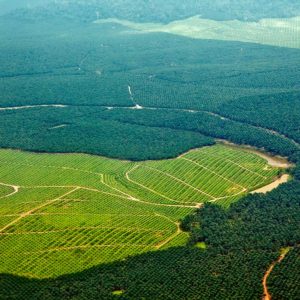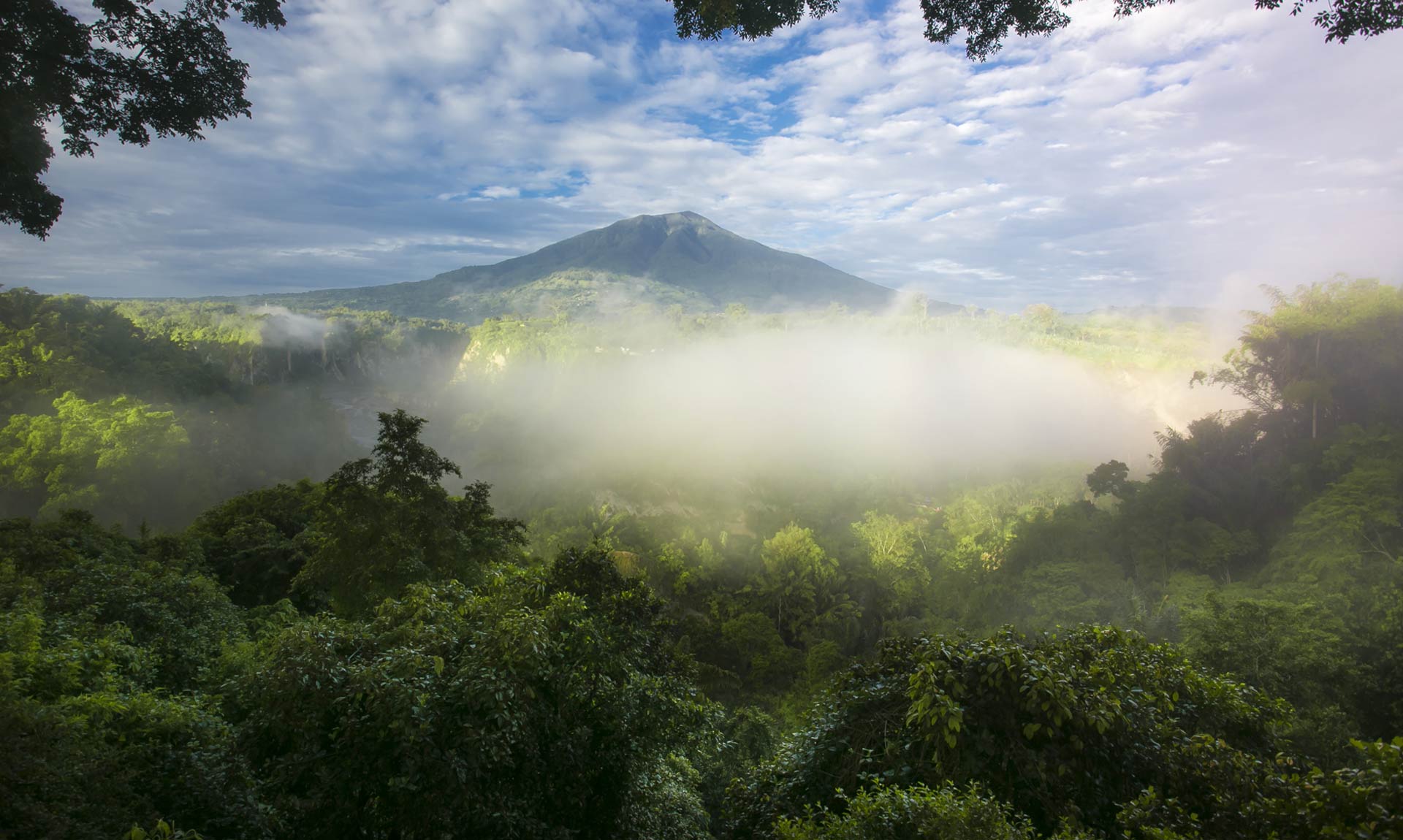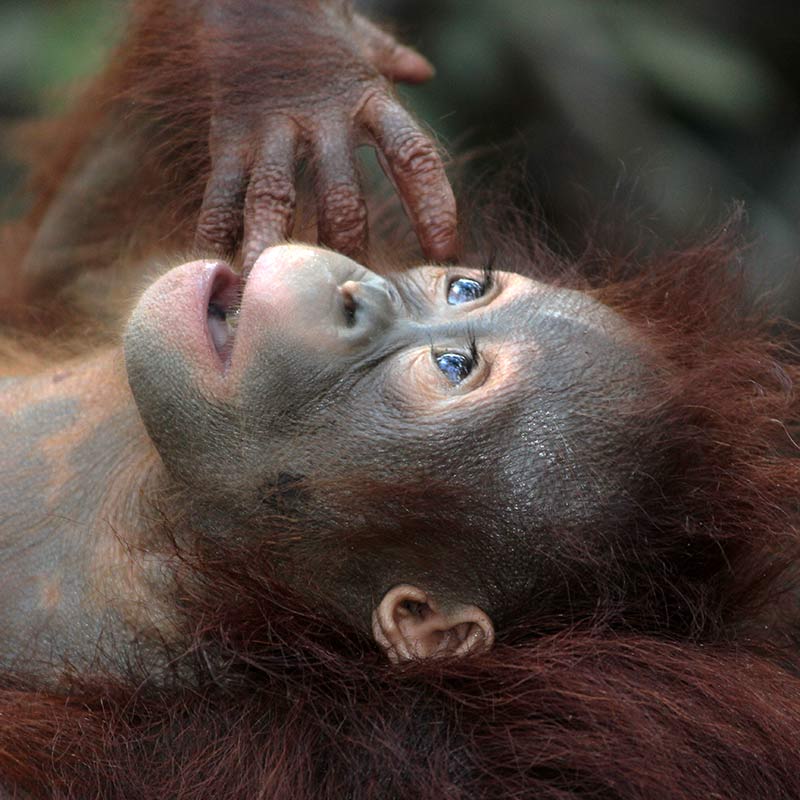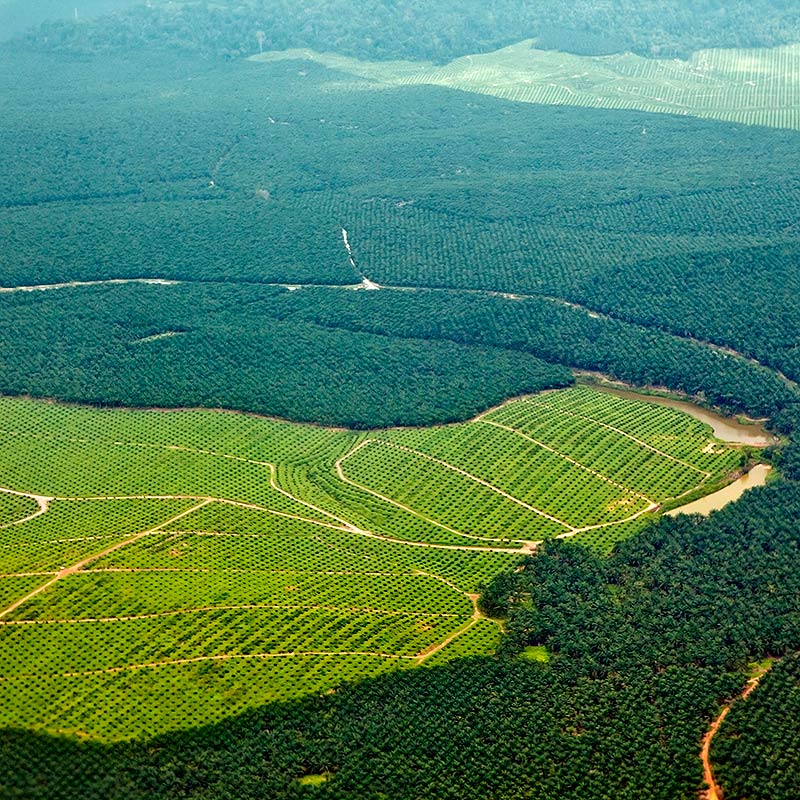SQUARE MILES

 LOCATED ON MOUNT LEUSER IN NORTHERN SUMATRA, INDONESIA. IT COVERS APPROXIMATELY THE SAME AREA AS DELAWARE & RHODE ISLAND COMBINED
LOCATED ON MOUNT LEUSER IN NORTHERN SUMATRA, INDONESIA. IT COVERS APPROXIMATELY THE SAME AREA AS DELAWARE & RHODE ISLAND COMBINED
 STRONGHOLDS FOR: MANY CRITICALLY ENDANGERED SPECIES, INCLUDING THE SUMATRAN ORANGUTAN AND THE SUMATRAN RHINOCEROS, OF WHICH THERE ARE FEWER THAN 80 REMAINING
STRONGHOLDS FOR: MANY CRITICALLY ENDANGERED SPECIES, INCLUDING THE SUMATRAN ORANGUTAN AND THE SUMATRAN RHINOCEROS, OF WHICH THERE ARE FEWER THAN 80 REMAINING
 THE PARK IS ONE OF THREE PROTECTED AREAS INCLUDED IN THE UNESCO WORLD HERITAGE SITE LIST, KNOWN AS THE ‘TROPICAL RAINFOREST HERITAGE OF SUMATRA’
THE PARK IS ONE OF THREE PROTECTED AREAS INCLUDED IN THE UNESCO WORLD HERITAGE SITE LIST, KNOWN AS THE ‘TROPICAL RAINFOREST HERITAGE OF SUMATRA’
GUNUNG LEUSER FACTS

Gunung Leuser National Park, also known as Mount Leuser National Park, is located on Mount Leuser in Sumatra, Indonesia. Approximately 40 percent of the park has an elevation of over 5,000 feet. The park is approximately 100 miles long and 62 miles wide and bisects the border between North Sumatra and Aceh.
Biodiversity in the park is significant. There are an estimated 10,000 different plant species, almost 600 bird species, 200 mammal species and close to 100 species of amphibians and reptiles.
Aquatic life is very important to Gunung Leuser National Park. Fishing and fisheries provide a large part of the native diet and are a source of commerce. Unfortunately, the ecosystem in the park has been experiencing a fresh water crisis since the 1990s. As a result, there has been a steady decline in the population of marine life.
GUNUNG LEUSER UNIQUE FEATURES

Critically Endangered Species
The Sumatran Orangutan (listed as CRITICALLY ENDANGERED on the IUCN Red List) is one of the park’s Iconic Species. It is a great ape that shares over 96 percent of its DNA with humans. Ketambe Research Station was established in the park in 1971. Its sole purpose was to study this highly intelligent species. Sumatran Orangutans exist here and in only one other location – the rainforest of Borneo.
The Sumatran Rhinoceros, also listed as CRITICALLY ENDANGERED on the IUCN Red List, is another species found in Gunung Leuser National Park and only one other location. It is estimated that there are fewer than 80 remaining. In addition to the Sumatran Orangutan and Sumatran Rhinoceros, other mammals who call the park home are Malaysian Sun Bears, Sumatran Elephant, Sumatran Tiger, Siamang, Mainland Serow, Sambar Deer and Leopard Cat.
GUNUNG LEUSER THREATS

It is estimated that 1,385,000 acres of tree cover were eliminated, in Aceh, between 2001 and 2016. This is an area roughly the size of the state of Delaware. 173,000 acres of tree cover were lost in 2009 alone. Illegal logging is big business and there is a lot at stake. Aside from the devastating effect on the ecosystem, a direct threat is deadly to humans as well. For example, three researchers from the Center for International Forestry Research were murdered in the park. Research and monitoring posts have also been burned down.
Another reason for widespread deforestation is Palm oil. Indonesia is the world’s largest producer of Palm oil; a low-cost product used in the commercial food industry. In 1997, a proposal to develop a 10,500 acre Palm oil plantation was accepted by the government, who instituted a number of green polices to protect the ecosystem. Despite these green policies, illegal logging and deforestation continues at an estimated rate of 52,000 acres per year.









